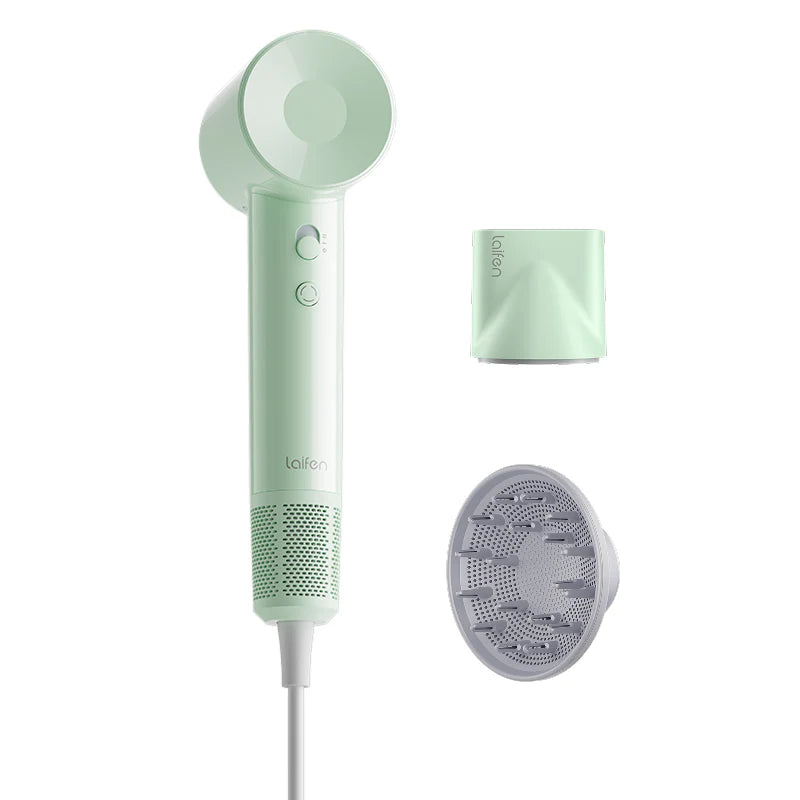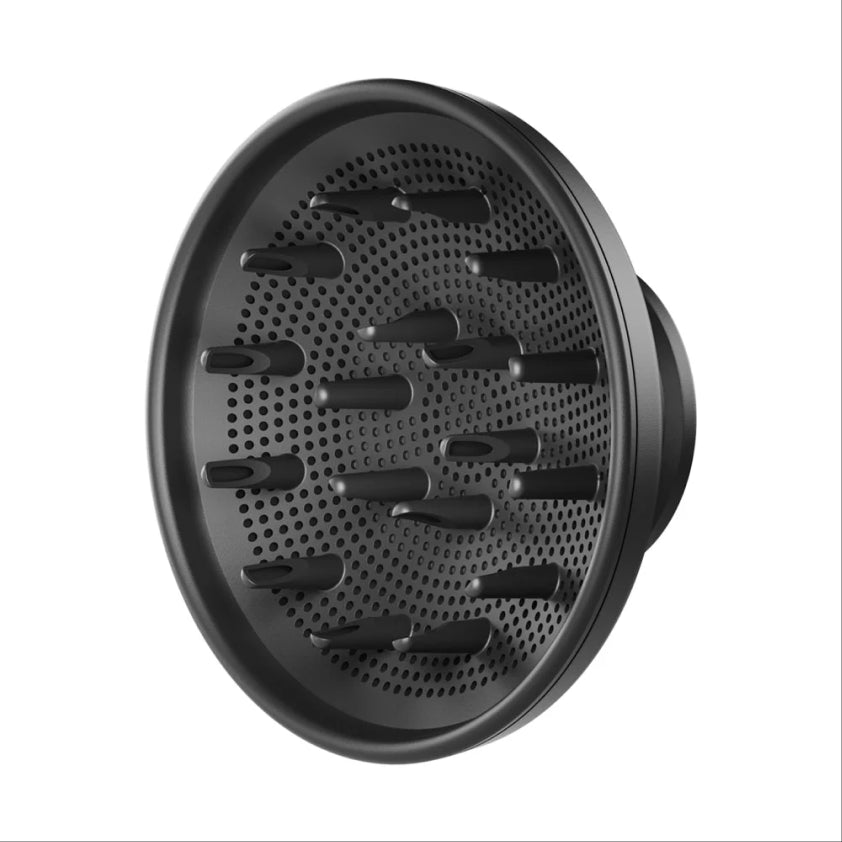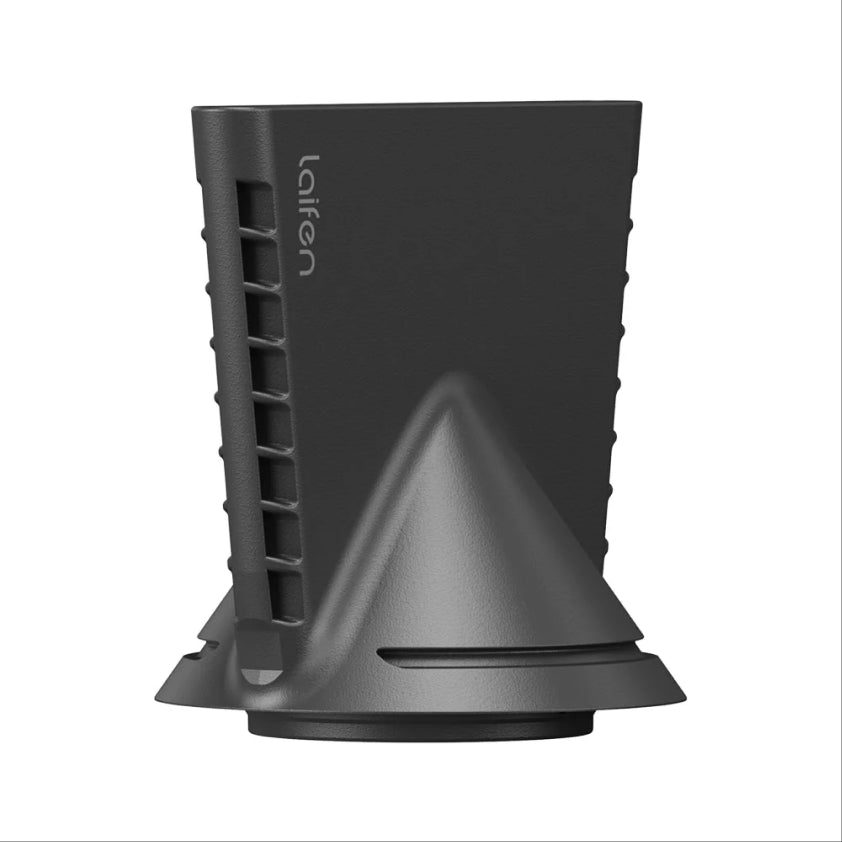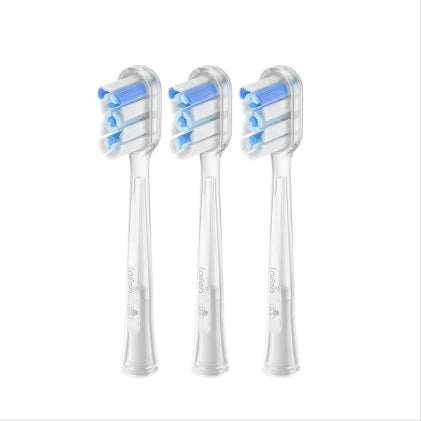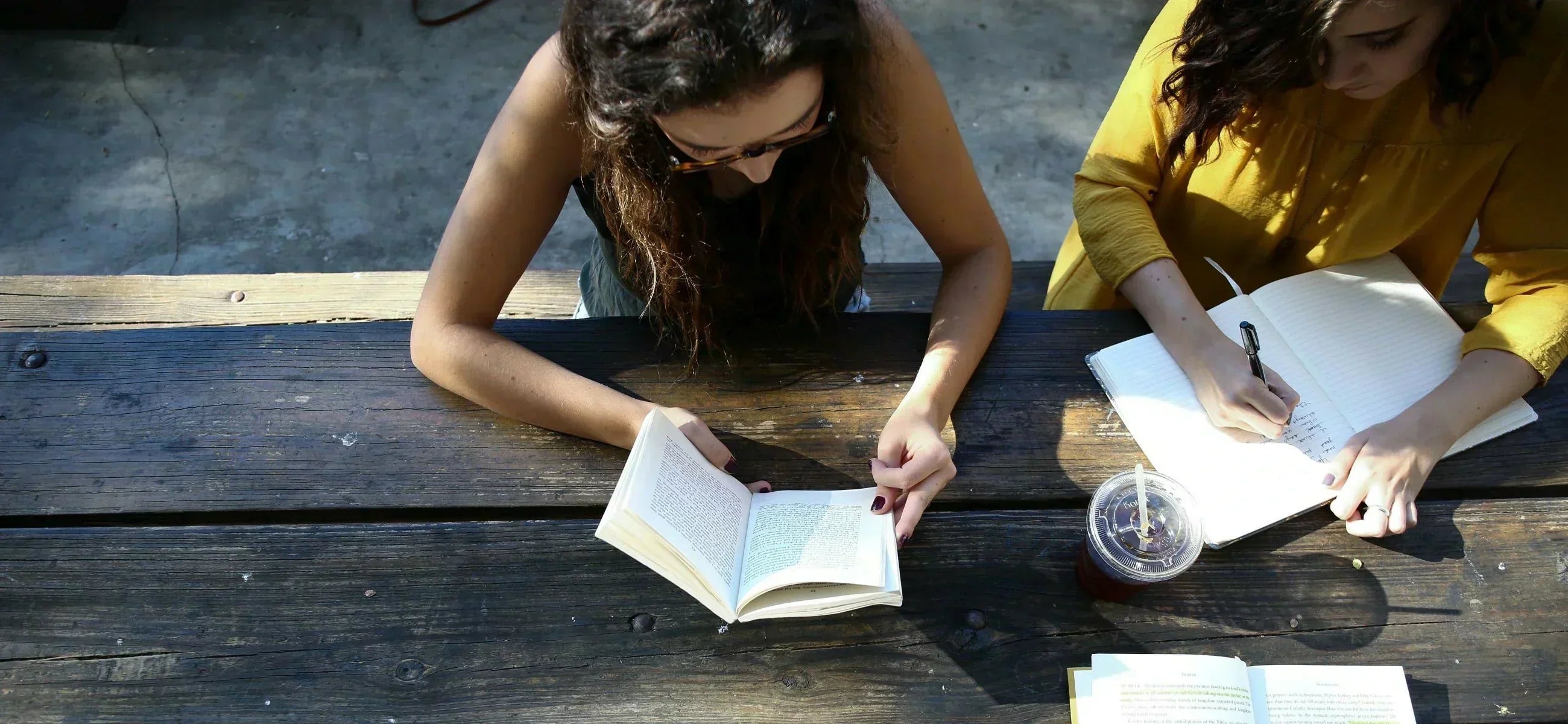
In this article
Parfois, les choses que nous faisons pour rendre nos cheveux plus beaux peuvent finir par causer le plus de dégâts.
Les outils comme les fers à lisser, les fers à friser et certains sèche-cheveux donnent des résultats étonnants au début, mais peuvent entraîner des dommages à long terme en raison de leur niveau de chaleur élevé. Dans l'article suivant, nous expliquerons pourquoi la chaleur et les cheveux ne font pas bon ménage, ainsi que comment prévenir et réparer les cheveux abîmés par la chaleur. Lisez la suite pour redonner vie à vos cheveux !
Cheveux abîmés par la chaleur : comment se produisent les dommages causés par la chaleur ?
Avant d’en arriver aux solutions les plus intéressantes, il est important de comprendre pourquoi et comment les dommages causés par la chaleur se produisent.

Tout d'abord, vous devez savoir ce qu'est une cuticule capillaire. Il s'agit de la couche la plus externe du cheveu, conçue pour protéger les couches internes des éléments. Les cuticules capillaires sont constituées de protéines réticulées qui sont généralement résistantes, jusqu'à ce qu'elles soient exposées à des températures élevées (jusqu'à 250 °C) .
La chaleur provoque des dommages en affaiblissant la résistance et l'élasticité de la cuticule du cheveu, ce qui conduit à la dégradation de sa structure. Et plus les cheveux sont exposés à la chaleur, plus ils sont susceptibles d'être endommagés. C'est pourquoi les cheveux abîmés par la chaleur ont une apparence et une sensation sèches, ternes et cassantes.
Les appareils chauffants comme les sèche-cheveux, les fers à friser et les fers à lisser provoquent le soulèvement et la séparation des cellules de la cuticule des cheveux, ce qui rend les couches plus profondes plus sensibles aux dommages. Certains appareils peuvent également ajouter une tension et une friction excessives, ce qui affaiblit encore plus les cellules de la cuticule des cheveux. Et si vos cheveux ont subi des dommages chimiques dus à la décoloration ou à la teinture, ils seront dans leur état le plus vulnérable.
Gardez à l'esprit que les dommages causés par la chaleur sont un phénomène qui se produit au fil du temps. Vous ne les ressentirez probablement pas après avoir utilisé un outil chaud une fois, mais soyez prudent s'ils font partie intégrante de votre routine de coiffure.
Signes de dommages causés par la chaleur
Vous ne savez pas si vous subissez des dégâts causés par la chaleur ? Soyez attentif à ces signes et symptômes :
- Sécheresse
- Platitude
- Pointes fourchues
- Rupture
- Frisottis
- Rugosité
- Enchevêtrements
- Perte de cheveux
- Perte d'élasticité
- Changer la couleur des cheveux (si teints)
Comment éviter les cheveux abîmés par la chaleur

Il est souvent plus facile de prévenir les dommages causés par la chaleur que de les réparer. Gardez vos cheveux sains, doux et brillants en adoptant les pratiques suivantes :
- Choisissez un shampooing et un après-shampooing nourrissants.
La santé et l'hydratation des cheveux commencent sous la douche. Assurez-vous d'utiliser des shampooings et des après-shampooings de haute qualité qui hydratent et régénèrent les cheveux. Chaque personne est différente, il vous faudra donc faire quelques essais et erreurs pour trouver la meilleure option pour vos cheveux, mais il est préférable d'éviter les produits contenant des ingrédients qui éliminent l'humidité comme les sulfates, les alcools et les silicones.
- Utilisez les outils chauds avec modération.
Vous n'êtes pas obligé de jeter tous vos outils, mais il peut être judicieux d'en réduire l'utilisation, surtout si vous utilisez actuellement des outils chauffants au quotidien. Essayez de trouver une coiffure qui vous permette de sauter des jours entre deux séances de coiffage à chaud. Et lorsque vous vous coiffez, évitez de passer plusieurs fois sur la même section.
- Utilisez un protecteur thermique.
Si vous comptez utiliser un appareil chauffant, assurez-vous de protéger vos cheveux au préalable avec un produit de protection contre la chaleur. Il existe de nombreuses options sur le marché, dont beaucoup se présentent sous forme de spray ou de sérum pratique. Un produit de protection contre la chaleur crée un bouclier protecteur sur les cuticules de vos cheveux, les rendant moins sensibles aux dommages. Pensez à lui appliquer un FPS pour vos cheveux.
- Travaillez à un réglage de chaleur plus bas.
Plus le niveau de chaleur est élevé, plus les cheveux sont abîmés. Vous pouvez néanmoins obtenir des résultats efficaces en travaillant à des températures plus basses. Essayez de vous en tenir à des réglages de chaleur faibles à moyens et évitez autant que possible les réglages de chaleur les plus élevés.
- Faites un masque capillaire hebdomadaire ou un soin en profondeur.
Offrez à vos cheveux une hydratation supplémentaire en ajoutant un masque capillaire hebdomadaire ou un traitement revitalisant en profondeur à votre routine de soins personnels.
- Faites-vous couper les cheveux régulièrement.
Se rendre au salon tous les quelques mois vous permet de nettoyer les pointes fourchues qui entraînent des rugosités.
Cheveux abîmés par la chaleur : la chaleur est-elle toujours l’ennemi ?
Les cheveux et la chaleur ne font pas bon ménage, mais cela ne signifie pas nécessairement que vous devez l'éviter à tout prix. Comme nous l'avons mentionné ci-dessus, une cuticule capillaire saine est capable de résister à des températures allant jusqu'à 250 °C, il est donc acceptable d'exposer vos cheveux à un certain niveau de chaleur.
Parfois, un peu de chaleur peut être bénéfique. Laisser ses cheveux mouillés trop longtemps n'est pas non plus une bonne idée. Les cheveux mouillés sont plus fragiles que les cheveux secs, ils sont donc plus susceptibles de se casser. L'humidité peut également entraîner la formation de pellicules et de bactéries responsables de l'acné, on peut donc dire que sortir le sèche-cheveux est le moindre des deux maux.

Assurez-vous simplement de choisir judicieusement votre sèche-cheveux et vos réglages de chaleur. Par exemple, le sèche-cheveux haute vitesse Laifen SE est le choix parfait pour toute personne préoccupée par les dommages causés par la chaleur. Il dispose d'un mode de cycle de température innovant pour garantir que les cheveux ne soient jamais trop exposés à la chaleur, et son moteur sans balai ultra rapide réduit le temps de séchage de moitié par rapport aux sèche-cheveux conventionnels, de sorte que vos cheveux n'auront même pas le temps de s'abîmer !

Les meilleurs traitements pour les cheveux abîmés par la chaleur
Ne vous inquiétez pas si vos cheveux ne peuvent plus être traités préventivement. Il est toujours possible de traiter les dommages causés par la chaleur. Voici quelques traitements que vous pouvez effectuer :
1. Passez à des produits qui renforcent et réparent.
Si vous n'utilisez pas de shampooings, d'après-shampooings et d'autres produits spécialisés, vos cheveux ont probablement besoin d'un apport supplémentaire d'hydratation. Recherchez des produits spécialement conçus pour réparer les cheveux abîmés par la chaleur.
2. Commencez à faire des masques capillaires.
En plus de vos nouveaux produits réparateurs, investissez dans un masque capillaire nourrissant. Vous pouvez faire le masque capillaire une fois par semaine.
3. Essayez un traitement à la kératine.
Si les produits de tous les jours ne suffisent toujours pas, envisagez de faire appel à un professionnel pour un traitement à la kératine dans un salon. La kératine est un type de protéine qui répare les dommages en renforçant les mèches individuelles.
4. Faites-vous couper les cheveux.

Vous n'aurez peut-être pas envie d'entendre cela si vous aimez votre longueur actuelle, mais parfois, le plus simple est de repartir de zéro. Cela ne signifie pas nécessairement que vous devez vous faire une coupe de lutin. Parlez à votre coiffeur pour savoir de quelle longueur vous auriez besoin pour retrouver une chevelure plus saine.
Conclusion – Comment réparer les cheveux abîmés par la chaleur
Vous pouvez toujours retrouver des cheveux sains, même si vous subissez actuellement des dommages causés par la chaleur. Adaptez votre routine de soins capillaires en conséquence en optant pour des produits qui nourrissent, réparent et renforcent, réduisez la chaleur et investissez dans un sèche-cheveux de haute qualité qui n'endommagera pas les cheveux, comme le Laifen SE !


